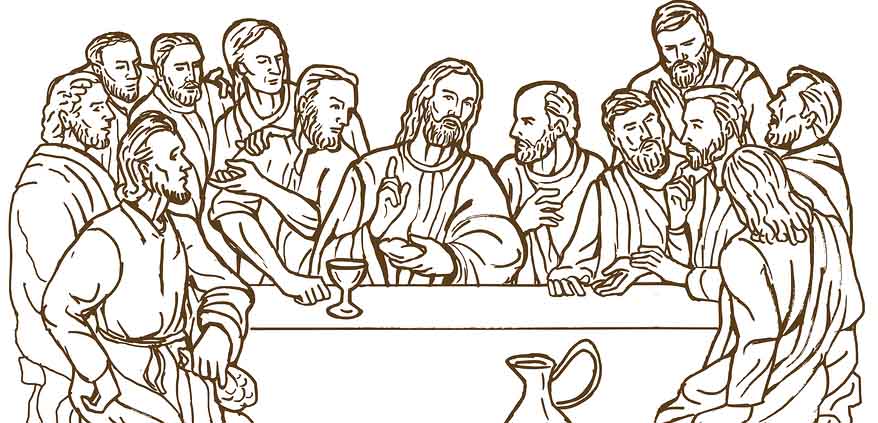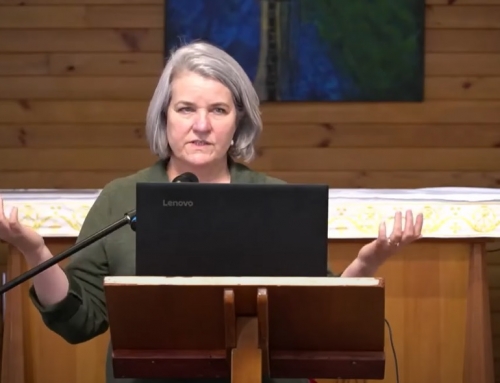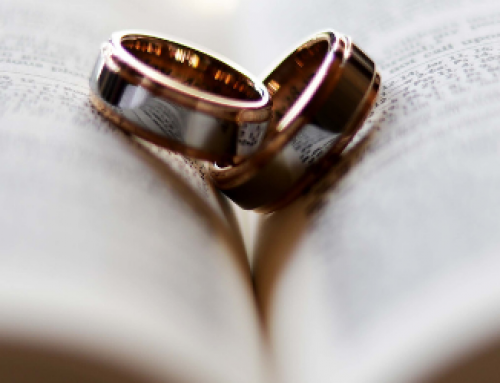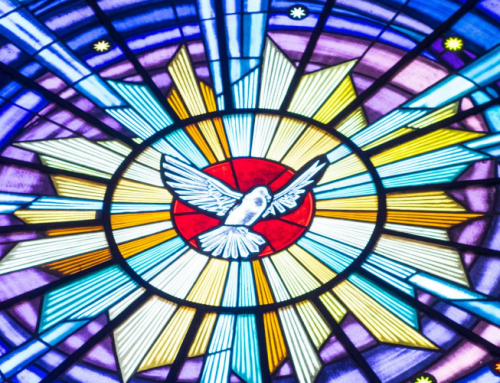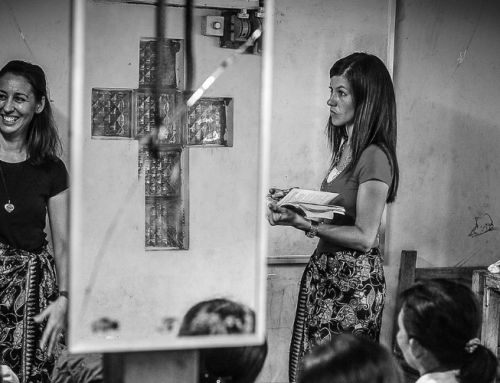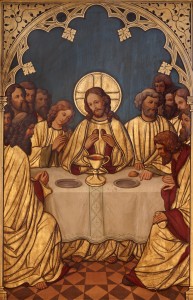 For more information or to subscribe, go: here
For more information or to subscribe, go: here
Holy Thursday, the day Christ instituted the Eucharist at the Last Supper. We often fail to realize, however, that the Last Supper was a wedding feast. Christ was revealing in sacramental form what he would do the next day on the “marriage bed of the cross,” to use St. Augustine’s expression: he would consummate his marriage.
As Benedict XVI wrote in his pre-papal work on the liturgy, “In the Eucharist, a communion takes place that corresponds to the union of man and woman in marriage. Just as they become ‘one flesh,’ so in Communion, we all become ‘one spirit,’ one person, with Christ. The spousal mystery, announced in the Old Testament, of the intimate union of God and man takes place in the Sacrament of the Body and Blood of Christ, precisely through his Passion and in a very real way (see Eph 5:29-32; I Cor 6:17; Gal 3:28).”
In his letter The Dignity and Vocation of Women, Saint John Paul II illuminated this truth in a particularly powerful way:
Christ is the Bridegroom because “he has given himself”: his body has been “given,” his blood has been “poured out” (see Lk 22:19-20). In this way “he loved them to the end” (Jn 13:1). The “sincere gift” contained in the Sacrifice of the Cross gives definitive prominence to the spousal meaning of God’s love. As the Redeemer of the world, Christ is the Bridegroom of the Church. The Eucharist is the Sacrament of our Redemption. It is the Sacrament of the Bridegroom and of the Bride . . . Christ is united with his “body” as the bridegroom with the bride. All this is contained in the Letter to the Ephesians. The perennial “unity of the two” that exists between man and woman from the very “beginning” is introduced into this “great mystery” of Christ and the Church. (n. 26)
Saint John Paul II went so far as to say that since Christ linked the Eucharist so closely to the masculinity of the first Apostles (the first priests), through the Eucharist, Christ “wished to express the relationship between man and woman, between what is ‘feminine’ and what is ‘masculine.’ It is a relationship willed by God in both the mystery of creation and in the mystery of Redemption.”
To concretize these glorious truths, I often share this family story. I never met my father-in-law; he died when my wife was a girl. But I admire him tremendously because of this story. At Mass the day after his wedding, having consummated his marriage the night before, he was in tears as he came back to the pew after receiving Communion. When his new bride inquired, he said, “For the first time in my life I understood the meaning of those words, ‘This is my body given for you.’”
Make no mistake: when all the smoke is cleared and all the distortions are untwisted, the deepest meaning and purpose of human sexuality is to point us to the Eucharist, the “marriage supper of the Lamb” (Rev 19:9). Lord, on this day you instituted the Eucharist, open our hearts to these glorious truths!
– See more at corproject.com

